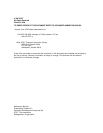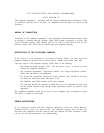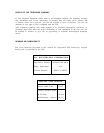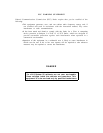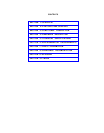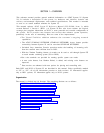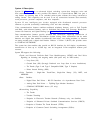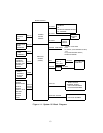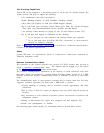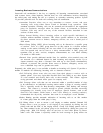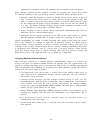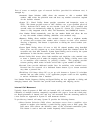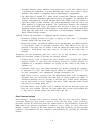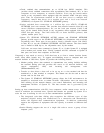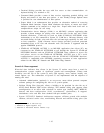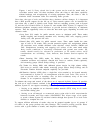Call Handling Capabilities
System 25 can be arranged as a stand-alone system or can be part of a private network. The
system provides 256 ports to support the following:
● 115 simultaneous two-party conversations
● Traffic Handling Capacity of 4140 CCS/Hour (Trunking Limited)
● Busy Hour Call Capacity of 2500 calls (DTMF Register Limited)
● Up to 104 trunk ports including Central Office (CO), DID, Tie, Foreign Exchange
(FX), Wide Area Telecommunications Service (WATS), and 800 Service
● An Auxiliary Trunk interface for paging (Vl and V2) and dictation systems (V2).
● Up to 240 ports that support a combination of the following:
—
Up to 200 ports for voice terminals and auxiliary feature port equipment.
—
Up to 104 data ports providing RS-232C connections to data terminals,
personal or multiport computers.
Refer to Hardware and Software Parameters as provided in “Technical Specifications”
(Section 5) for detailed specifications.
Safety
System 25 meets all requirements found in Underwriters Laboratories Standard for
Telephone Equipment (1459).
Business Communications Needs
The remainder of this Section describes how System 25’s R1V2 features may be used to
satisfy a customer’s communications needs.
This material may be thought of as the reverse
of the “Features and Services” section which follows.
The business communications capabilities of the majority of small businesses with more
than thirty phones are provided by a Private Branch Exchange (PBX). System 25 is a PBX
designed to meet the business communications needs of customers in the 30 to 150 station
range.
The communications needs of most business customers may be broken down into five basic
categories. Customer experience has shown that a PBX needs to provide–
● Prompt handling of incoming calls to maximize revenue opportunities and client
satisfaction,
● Ease of access to and cost control of outgoing calls over public network and private
facilities,
● Easy movement of calls between on-premises phones and between on-premises and
off-premises phones,
● Sharing of data between PCs and/or host computers and data terminals, and
● Growth and rearrangement of facilities.
The following pages outline System 25’s outstanding ability to provide these services.
1-4



